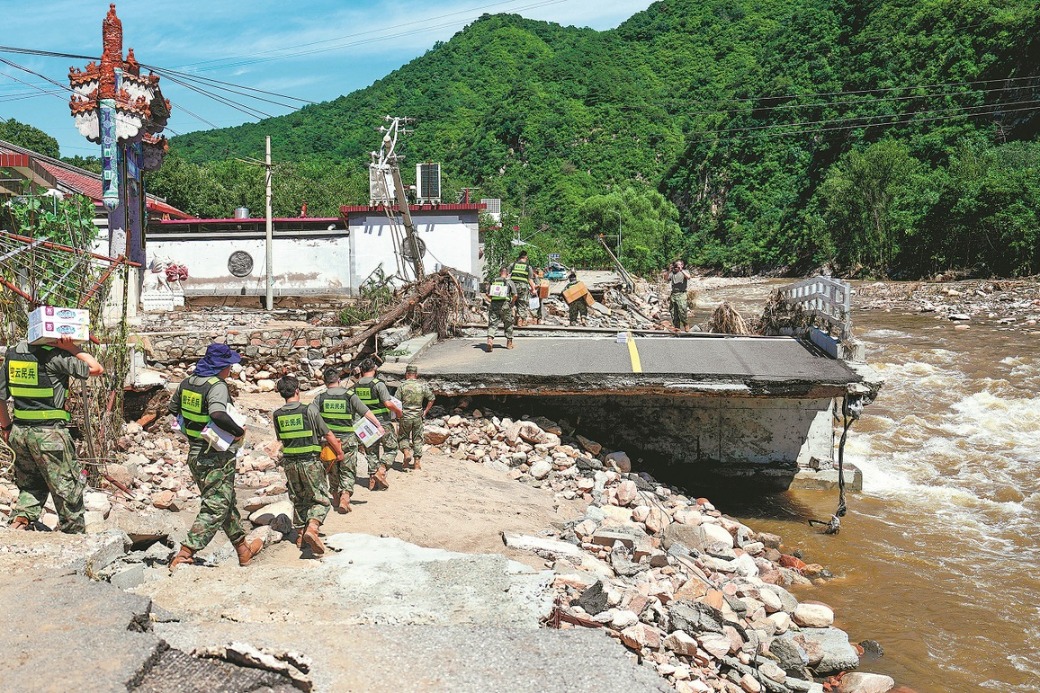Too hot to handle
Extreme heat waves underscore climate urgency, demand action


In Britain, a persistent high-pressure zone has led to parched soils and rising surface temperatures, intensifying the heat wave's impact.
Another contributing factor is the transition from El Nino to La Nina, which can weaken the West African monsoon and shift hot tropical air northward into Europe. This process supports the persistence of high-pressure systems and prolongs heat and drought conditions.
In the United States, heat waves are the deadliest form of extreme weather. The current wave is particularly concerning, as it marks the first of the season yet brings temperatures more typical of midsummer, not June. Affecting around 150 million people from Wisconsin to Washington DC, this event bears all the hallmarks of human-induced climate change.
























